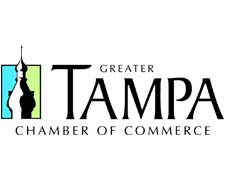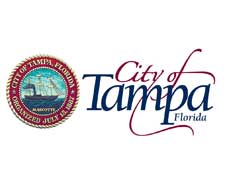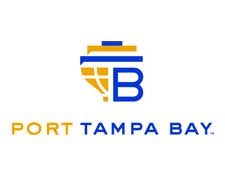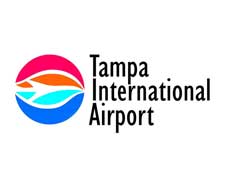History
Tampa History
Spanish explorer Ponce de Leon first arrived in the Tampa Bay area in 1513, but the Spaniards focused their attention on settling eastern Florida and left the western areas alone. In 1824, only two months after the arrival of the first American settler, four companies of the U.S. Army established Fort Brooke to protect the strategic harbor at Tampa Bay.
Development of the Tampa Bay region began after the territory became part of the United States in 1845. In spite of the blockade and Federal occupation during the Civil War, the area grew steadily. Henry B. Plant’s 1884 railroad extension to the Hillsborough River provided access to new areas, and he built lavish hotels along his rail line to attract visitors.
Tampa owes its commercial success to Tampa Bay and the Hillsborough River. When phosphates were discovered nearby in the late 1880s, the resulting mining and shipping industries prompted a boom of growth and wealth that lasted through the 1890s. Tampa’s port is now the seventh largest in the nation; today phosphate shipping is supplemented by trade in shrimp. A pleasure cruise line operates as well.
In 1886 Vicente Martinez Ybor established a cigar factory in Tampa. From the steps of Ybor’s factory, Jose Marti, sometimes called the George Washington of Cuba, exhorted the cigar workers to take up arms against Spain in the late 1800’s. Hispanic culture enlivens Ybor City, which covers about 2 square miles between Nebraska Avenue, 22nd Street, Columbus Drive and East Broadway.
The military has also had an ongoing role in Tampa’s development. The city was the primary outfitting and embarkation port for U.S. troops bound for Cuba during the Spanish-American War. Today the U.S. Central Command and U.S. Special Operations Command are headquartered at MacDill Air Force Base.
In 1914 Percival Ellicott Fansler introduced the world’s first scheduled commercial airline service with the St. Petersburg-Tampa Airboat Line. Piloting the airline’s Benoist “flying boat” was Tony Jannus, the namesake of the Tony Jannus Award presented each year by the Tampa Chamber of Commerce for achievement in commercial aviation.
The advent of the automobile soon clipped Jannus’ wings but was responsible for a large settlement wave that occurred 1923-26. Many subdivisions were built during this era; one of the most notable was Davis Island, a man-made island created by D.P. Davis. The elegant homes Davis built remain some of Tampa’s loveliest.
The main Tampa downtown business district has grown phenomenally since the 1960s. Major banks and an increasing number of other corporations occupy large glass, steel and concrete buildings that tower high above the bay. The Tampa Convention Center, overlooking the Hillsborough River, offers meeting facilities and features access to the Riverwalk.

Source: http://www.tampagov.net/information_resources/tampa_history/





